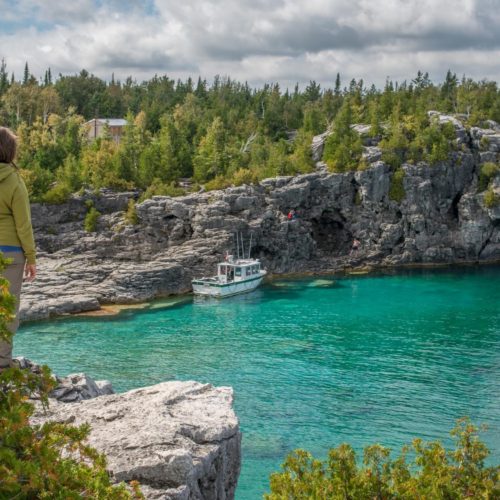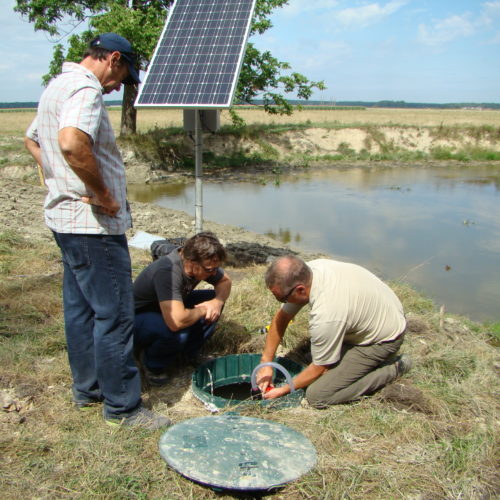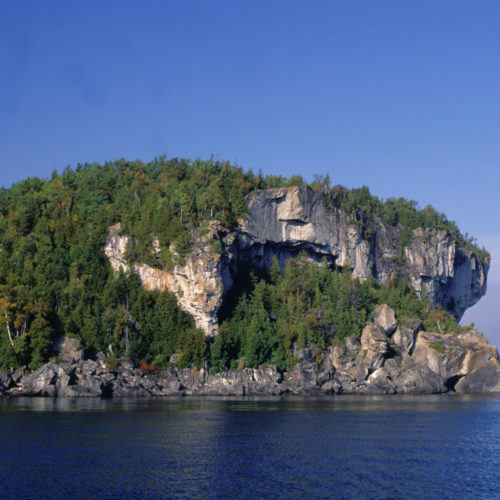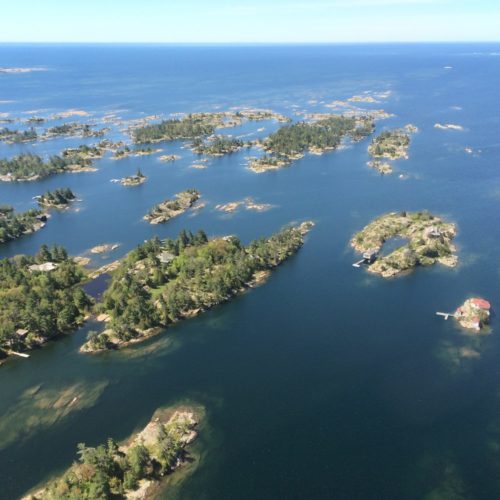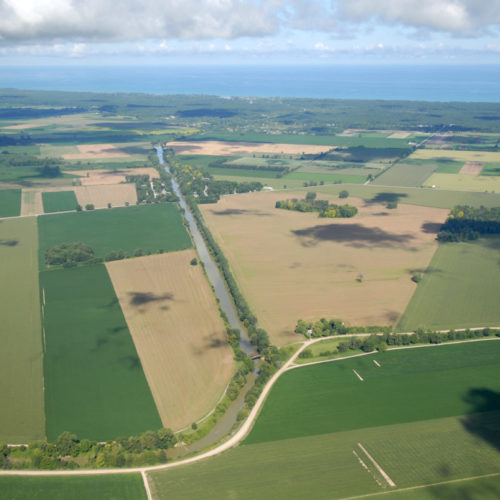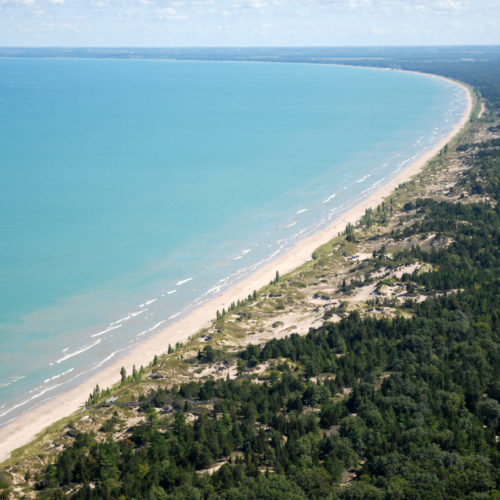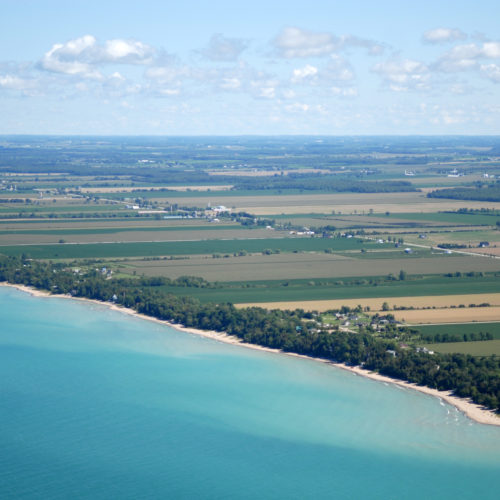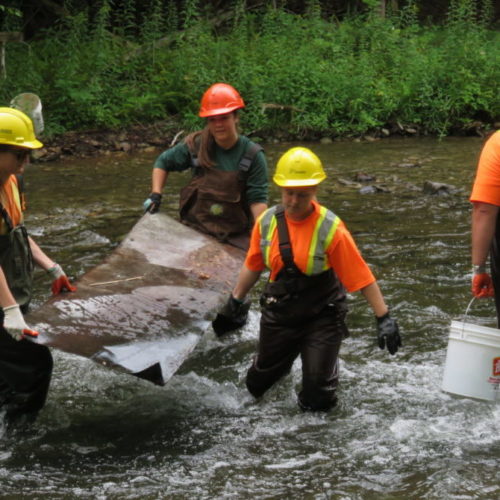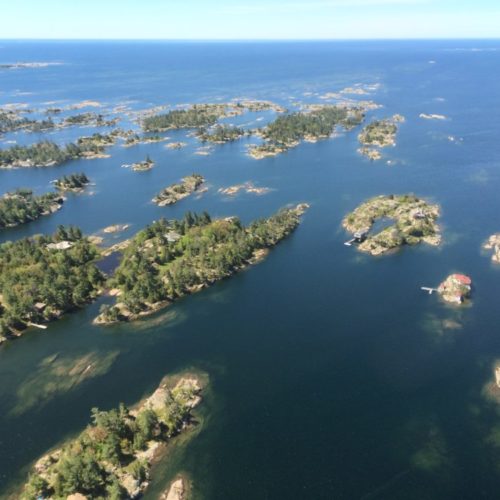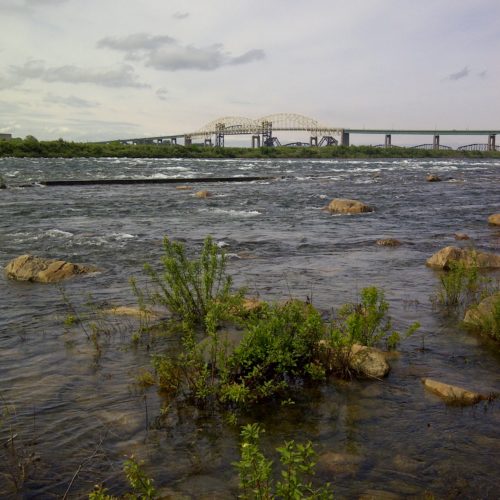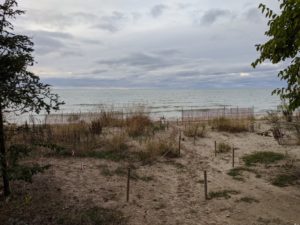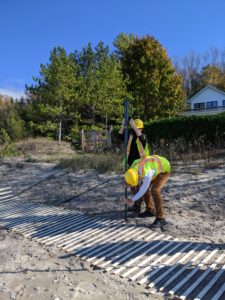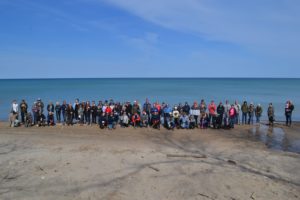The GRC program connects coastal communities to rebuild degraded beaches along the Lake Huron shoreline and recognizes lakefront landowners for their stewardship efforts. The Lake Huron Coastal Centre staff conduct beach-dune assessments, develop unique restoration plans, and provide support for each GRC participant to remove invasive plants, install snow fencing and educational signage, and plant native wildflowers and grasses on their property. This year, Boiler Beach residents and more than 75 volunteers participated in a series of webinars and workshops to restore 3.5 kms of shoreline in Huron-Kinloss by planting 850 shrubs and trees. The simple and cost-effective methods used in the GRC program help reinforce the shoreline, reducing property damage due to erosion and flooding during high water level events, protect local water quality, and provide the food and shelter necessary for many species-at-risk, like the Piping Plover, that rely on Lake Huron’s healthy and intact beaches.
Nearest city or town: Point Clark, Kincardine, and Saugeen Shores
Project start date: May 1, 2022
End date: November 1, 2022
Project focus: Ecosystem Restoration
Project contact: Holly Westbrook
